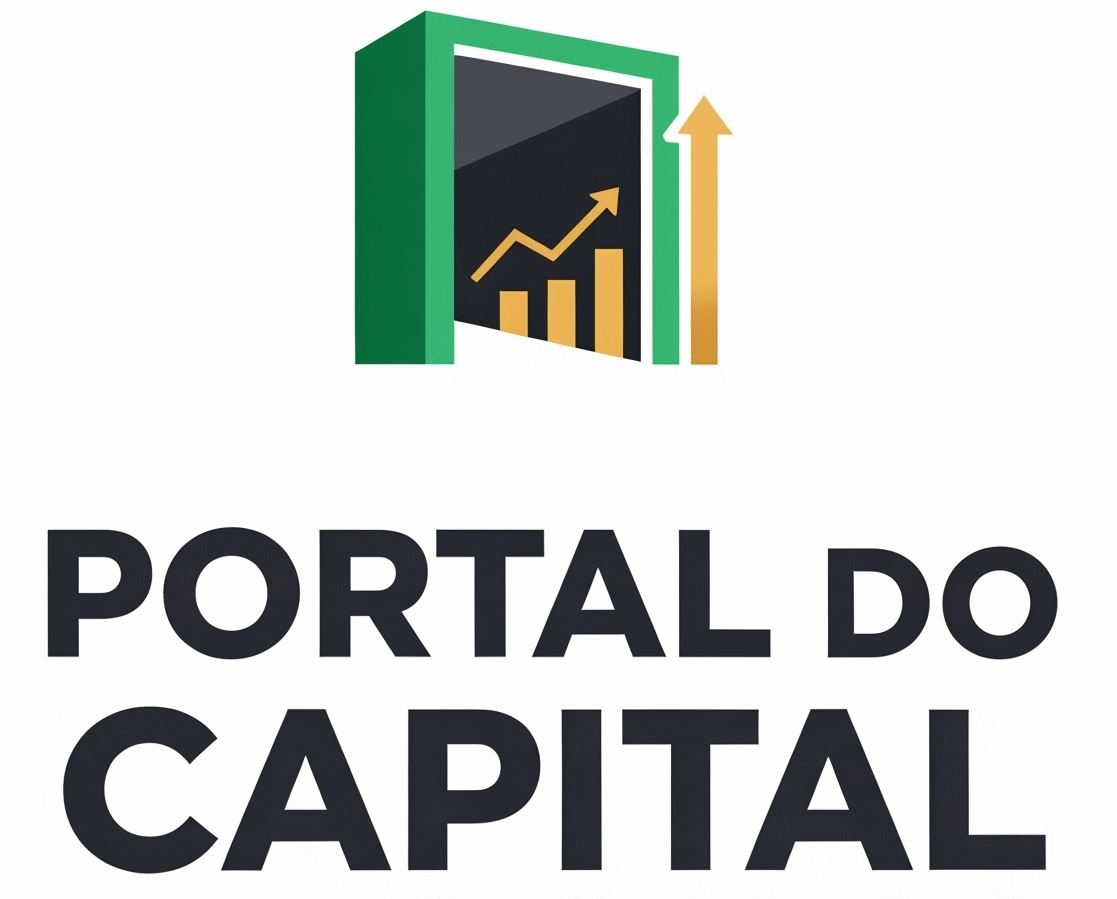Make Smart Financial Decisions That Maximize Value and Minimize Risk
💡 Key Takeaway
The decision between DIY and professional services isn’t just about upfront costs—it’s about understanding the total value equation including time, risk, quality, and long-term financial impact. Smart money management means knowing when to invest in expertise and when your skills are sufficient.
In today’s economy, every dollar counts. Whether you’re managing household expenses, running a business, or planning major projects, the choice between doing it yourself (DIY) and hiring professionals can significantly impact your financial bottom line. This comprehensive guide will help you navigate these decisions with confidence, ensuring you save money when appropriate and invest wisely when professional expertise is essential.
Understanding the True Cost of DIY vs Professional Services
When evaluating DIY versus professional services, most people focus solely on the immediate financial savings. However, a truly informed decision requires analyzing multiple cost factors that extend far beyond the initial price tag.
The Hidden Costs of DIY Projects
DIY projects often come with unexpected expenses that can quickly erode anticipated savings. Tool purchases, material waste, permits, and the opportunity cost of your time all contribute to the real expense. Consider a homeowner attempting to install kitchen cabinets: while they might save $2,000 in labor costs, they could spend $500 on tools, $300 on wasted materials due to mistakes, and invest 40 hours of their time—time that could have been spent on income-generating activities or valuable personal pursuits.
💰 Real Cost Analysis Example: Kitchen Cabinet Installation
DIY Costs:
- Tools and equipment rental: $500
- Additional materials due to errors: $300
- Time investment (40 hours × $25/hour opportunity cost): $1,000
- Potential mistakes requiring professional fixes: $400
- Total DIY Cost: $2,200
Professional Service Cost: $2,000
Result: Professional service actually saves $200 plus guarantees quality and warranty coverage.
The Value Proposition of Professional Services
Professional services offer more than just skilled labor—they provide expertise, efficiency, liability protection, and often warranties that can save substantial money over time. Professionals bring specialized knowledge that prevents costly mistakes, access to trade discounts on materials, and the ability to complete projects efficiently without the learning curve that DIY efforts require.
Categories Where DIY Often Makes Financial Sense
🏠 Home and Garden Projects
Best DIY Candidates: Painting walls, basic landscaping, simple repairs, cleaning, and decorating projects typically offer excellent DIY opportunities with minimal risk and substantial savings.
Low-Risk, High-Savings DIY Projects
Certain projects naturally lend themselves to DIY approaches because they involve minimal technical complexity, low safety risks, and significant labor costs when hired out professionally. Interior painting serves as an excellent example: the skills are easily learned, mistakes are easily corrected, and the labor cost savings can be substantial.
✅ DIY-Friendly Project Characteristics:
- Clear, widely available instructions and tutorials
- Minimal specialized tools required
- Low safety risks
- Mistakes are easily correctable
- No licensing or permits required
- Labor represents majority of professional service cost
- You have adequate time to complete properly
Technology and Digital Services
Many technology-related tasks have become increasingly DIY-friendly thanks to user-friendly interfaces and abundant online resources. Website building, basic graphic design, social media management, and simple computer maintenance often provide excellent opportunities for cost savings without significant risk.
✅ DIY Technology Pros
- Substantial cost savings
- Learning valuable skills
- Complete control over timeline
- No communication barriers
- Immediate implementation of changes
❌ DIY Technology Cons
- Steep learning curves for complex projects
- Security risks if done incorrectly
- Time-intensive research and implementation
- Limited support when problems arise
- May lack professional polish
When Professional Services Are Worth Every Penny
Certain situations strongly favor professional services, regardless of the higher upfront costs. Understanding these scenarios can prevent expensive mistakes and ensure both safety and long-term value.
Safety-Critical Projects
Any project involving electrical work, plumbing, structural modifications, or hazardous materials should typically involve licensed professionals. The potential consequences of mistakes—from house fires to flooding to structural collapse—far outweigh any cost savings. Additionally, insurance companies may not cover damages resulting from unlicensed DIY work in these areas.
⚠️ High-Risk DIY Warning Signs
Avoid DIY when projects involve: electrical systems beyond basic fixture replacement, plumbing beyond simple repairs, structural modifications, roofing work, HVAC systems, gas line work, or any work requiring permits and inspections.
Complex Professional Services
Legal services, tax preparation for complex situations, medical care, and financial planning represent areas where professional expertise provides value that far exceeds the cost. Attempting to handle complex legal documents, intricate tax situations, or comprehensive financial planning without proper expertise can result in costly errors that dwarf any savings.
💼 Business and Legal Examples
A small business owner who attempts to handle their own complex tax preparation might save $1,000 in accounting fees but miss $5,000 in legitimate deductions due to lack of expertise. Similarly, using template legal documents instead of hiring an attorney for important contracts could result in inadequate protection and costly disputes.
The Decision-Making Framework
🎯 Smart Decision Matrix
Use this framework to evaluate each DIY vs. professional service decision:
- Risk Assessment: What’s the worst-case scenario if something goes wrong?
- Skill Gap Analysis: Do you have the necessary skills, or can you reasonably acquire them?
- Time Investment: Is your time better spent elsewhere?
- Cost-Benefit Analysis: Include all hidden costs and opportunity costs
- Quality Requirements: Does the outcome need professional-level results?
Calculating Your Personal Hourly Value
Understanding your personal hourly value helps make better DIY decisions. Calculate this by considering your income, the value of your free time, and opportunity costs. If a DIY project will take 20 hours and save $500, but your time is worth $30 per hour, the real savings are only $500 – (20 × $30) = -$100, making professional service the better choice.
| Project Type | DIY Recommendation | Key Factors | Typical Savings |
|---|---|---|---|
| Interior Painting | ✅ High DIY | Low risk, easy to learn | 60-70% |
| Electrical Work | ❌ Professional Only | Safety risk, code compliance | Not recommended |
| Tax Preparation | ⚖️ Depends on complexity | Mistake consequences | 30-50% for simple returns |
| Website Design | ✅ Good DIY option | Learning value, tools available | 70-80% |
| Plumbing Repairs | ⚖️ Simple repairs DIY | Risk of water damage | 40-60% for basic repairs |
Maximizing Value in Both Approaches
Getting the Most from DIY Projects
When choosing DIY, maximize your success by investing in quality tools that you’ll use multiple times, thoroughly researching techniques and best practices, starting with smaller projects to build skills, and being realistic about your capabilities and available time. Consider taking classes or workshops for more complex skills you want to develop.
Maximizing Professional Service Value
When hiring professionals, get multiple quotes, check references and credentials, clearly communicate expectations, understand warranties and guarantees, and consider bundling services for better rates. Don’t always choose the lowest bid—focus on value, which includes quality, reliability, and service after completion.
🔍 Professional Service Selection Tips
Research contractors thoroughly using online reviews, Better Business Bureau ratings, and personal referrals. Verify licensing and insurance coverage. Request detailed written estimates and timelines. Establish clear communication expectations and payment schedules.
The Hybrid Approach: Best of Both Worlds
Many projects benefit from a hybrid approach that combines DIY efforts with professional expertise. You might handle demolition and cleanup while hiring professionals for technical installation, or complete the basic work yourself while hiring professionals for finishing touches that require specialized skills.
Strategic Professional Consultation
Even when doing most work yourself, strategic consultation with professionals can prevent costly mistakes. An hour of electrician consultation before attempting electrical work, or having a plumber review your plans before major plumbing changes, can save significant money and ensure safety compliance.
Long-Term Financial Impact
Consider the long-term financial implications of your decisions. DIY work that appears cheaper initially might cost more over time if it needs frequent repairs or reduces property value. Conversely, professional work often comes with warranties and higher quality that provides better long-term value.
📈 Long-Term Value Example
Professional HVAC installation might cost $1,500 more than DIY, but proper installation ensures 15-20 year lifespan versus 8-10 years for improper DIY installation. The professional installation also includes warranty coverage and optimal energy efficiency, making it the better long-term investment.
Making Smart Decisions for Your Financial Future
The key to successful DIY versus professional service decisions lies in honest self-assessment, thorough cost analysis, and understanding your personal and financial priorities. Build your DIY skills gradually, starting with low-risk projects and progressing as you gain experience and confidence.
Remember that time is money, but so is peace of mind. Sometimes paying for professional services provides not just quality results but also the mental freedom to focus on your highest priorities and income-generating activities. The best financial decisions consider both immediate costs and long-term value.
Ready to Make Smarter Financial Decisions?
Whether you’re planning a major project or making everyday financial choices, having the right information and framework makes all the difference. Portal do Capital provides the insights and tools you need to optimize your spending and maximize your financial success.

